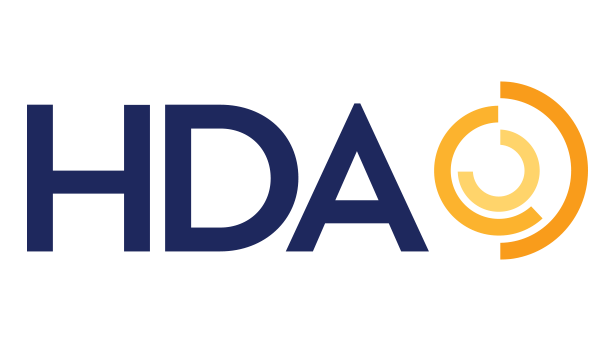Five Ways Healthcare Distributors Are Working to Mitigate Drug Shortages
Healthcare distributors’ operational capabilities, expertise in inventory management and broader network are critical to lessening the impact of shortages. The industry works continuously to anticipate potential disruptions and, if they do occur, act swiftly to help facilitate consistent and reliable access to prescription medicines.
Here are five ways healthcare distributors are mitigating drug shortages.
1. Building relationships with a diverse set of reliable manufacturing partners
Distributors enter into sustainable partnerships with multiple manufacturers to ensure downstream providers and pharmacies have reliable access to the supply of generic medicines and help prevent shortages.
When selecting manufacturers to contract with, distributors consider many factors, such as the manufacturer’s history of reliability, cost, commitment to quality, supply and business practices. Specifically, distributors look at manufacturer access to active pharmaceutical ingredients (API) and key starting materials (KSM) because both are critical to the manufacturer's ability to supply products.
The distribution industry optimizes inventory regardless of supply chain constraints by securing backup product and purchasing prescription medicines from multiple manufacturers whenever possible to ensure supplier diversification. This allows distributors to reduce the risk of disruptions and ensure a steady supply of drugs, which supports overall supply chain resilience and helps mitigate potential shortages.
2. Leveraging data and predictive analytics to help manage supply and demand
The distribution industry regularly monitors for spikes in demand or dips in product availability and proactively communicates with manufacturers, industry partners and regulators. To anticipate potential shortages and provide insights for supply chain partners into inventory management, distributors leverage real-time insights, predictive analytics and automation. This allows distributors and manufacturers to work to manage evolving supply and demand needs.
3. Sourcing alternative products
When a drug shortage occurs, distributors work with their customers to find alternative and second-line treatments for the impacted medicines. Each distribution company maintains a diversified set of multiple suppliers with whom they communicate frequently to understand operational status. By leveraging strategic locations across the country, distributors can help minimize both long-standing disruptions and acute emergencies, particularly when they impact a specific region or locality.
4. Implementing allocation programs
Distributors individually deploy allocation programs to ensure products in short supply are distributed in a way that tries to accommodate customer orders, including those from health systems, chain retailers, community pharmacies and care facilities that reach underserved communities and populations. This creates safeguards for products in high demand and helps prevent overstocking due to fear of market shortages. These programs account for the available supply and customer needs — which is vital when a drug is near or in shortage.
5. Leveraging public-private partnerships
Public-private partnerships (PPP) are an essential tool to coordinate on mitigating drug shortages, particularly as an early warning system to detect pharmaceutical demand surges.
PPPs’ effectiveness in addressing supply chain disruptions was most evident during the COVID-19 pandemic, baby formula shortage and the 2022 surge of COVID-19, respiratory syncytial virus and the flu when distributors voluntarily participated in the Supply Chain Control Tower (SCCT) to provide visibility into the supply chain. The SCCT is a partnership between industry stakeholders, including distributors and the public sector, to provide visibility into the supply chain to inform decision-making during public health emergencies.
Distributors also enhance the Strategic National Stockpile’s (SNS) response capabilities through Vendor Managed Inventory programs to rotate and cycle stockpile inventory through commercial channels, which significantly reduces the risk of healthcare products expiring within the SNS.
While it is impossible for one supply chain stakeholder to solve drug shortages alone, the distribution industry helps manage drug shortages’ impact on healthcare providers and patients through a range of strategies. HDA, with the guidance and expertise of its members, developed a set of guiding principles and a policy agenda to inform how distributors can approach policies and leading practices related to drug shortages.
For additional information on HDA distributor members’ commitment to mitigating drug shortages, visit HDA.org.
